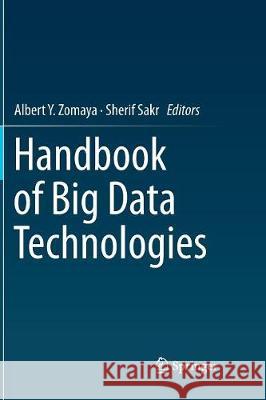Handbook of Big Data Technologies » książka
topmenu
Handbook of Big Data Technologies
ISBN-13: 9783319841380 / Angielski / Miękka / 2018 / 895 str.
Kategorie:
Kategorie BISAC:
Wydawca:
Springer
Język:
Angielski
ISBN-13:
9783319841380
Rok wydania:
2018
Wydanie:
Softcover Repri
Ilość stron:
895
Waga:
1.24 kg
Wymiary:
23.39 x 15.6 x 4.57
Oprawa:
Miękka
Wolumenów:
01
Dodatkowe informacje:
Wydanie ilustrowane











